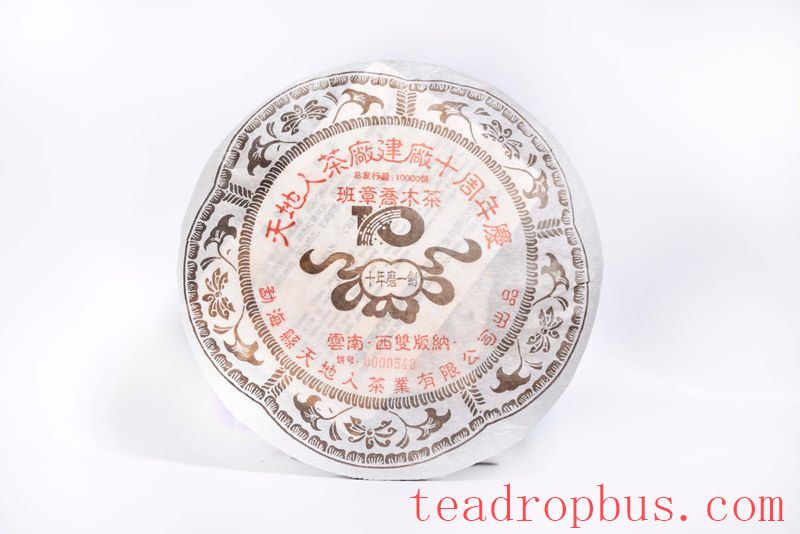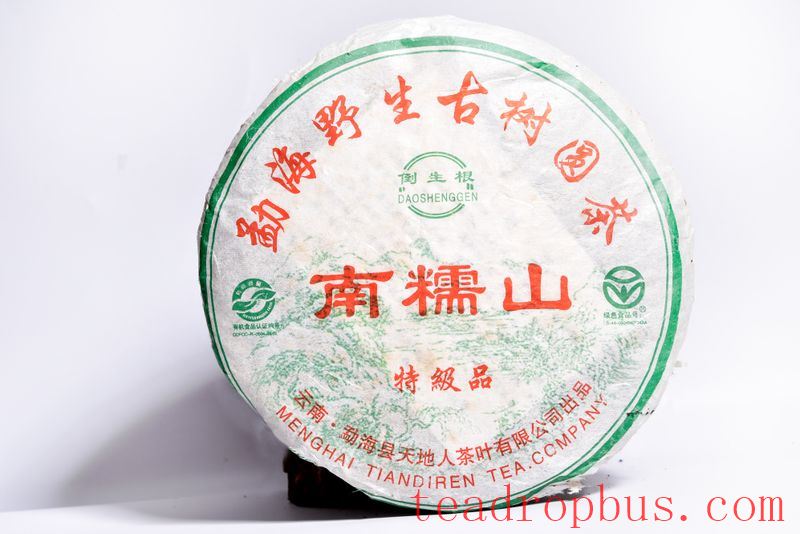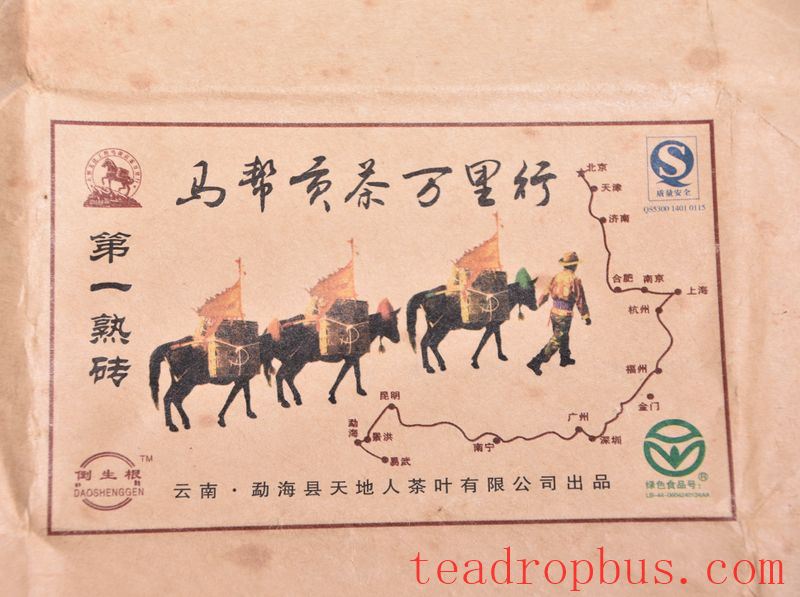Aged Tea, with its mellow taste, provides a genuine pleasure to the body after consumption. After being stored and aged, many substances within the tea undergo natural transformations. Some types of tea even generate beneficial probiotics after storage. Generally speaking, Pu'er tea that has been stored for over 10 years can be considered as aged tea. However, this is not an absolute standard, as the quality of the tea leaves and storage conditions also play significant roles in determining whether it truly qualifies as aged tea.

What Year is Considered an Aged Tea?
Pu'er Tea
Pu'er tea is divided into raw and ripe varieties. Ripe Pu'er needs to be aged for more than 5 years for the pile fermentation flavor to transform or diminish, allowing the flavor to mature and the mouthfeel to improve.
Raw Pu'er tea, from the day it is pressed, grows like a newborn day by day. Raw Pu'er teas are typically aged for over 20 years. Therefore, we often hear experienced tea enthusiasts refer to Pu'er tea around 10 years old as “mid-aged tea.”
White Tea
White tea is often described with the saying: “one-year tea, three-year medicine, seven-year treasure.” Many in the industry believe that white tea should be stored for at least 7 years to be considered true aged white tea.
During storage, the internal components of the white tea slowly change, with the aroma gradually developing, the color of the infusion turning redder, the taste becoming smoother, and the nature of the tea transitioning from cool to warm.
Taking Silver Needle as an example, white tea stored for two years does not have a particularly distinctive flavor. After 3 years, it presents a creamy flavor, and after 4-5 years, it develops a lotus leaf aroma. From 5-10 years, it transforms into jujube and medicinal aromas.

Tieguanyin
Oolong Tea did not traditionally have a concept of aged tea. The rise of aged Oolong teas likely relates to the trend of drinking aged oolongs in Taiwan.
Anxi Tieguanyin, under good preservation conditions, reaches its peak in terms of aging, flavor, and mouthfeel after 15-30 years, making it the best period.
Wuyi Rock Tea
After aging, the aroma of Wuyi rock tea gradually integrates into the infusion, becoming more restrained, while the infusion itself becomes smoother. This can be tasted in rock teas stored for a year.
The aging period for rock tea is similar to that of Tieguanyin, and it is often centered around Shui Xian. In aged rock tea, the floral fragrance has completely vanished, replaced by a medicinal aroma. From the perspective of taste, aged rock tea is richer and more enduring.
Currently, the optimal age on the market is roughly 3-6 years. Those over 10 years old are relatively rare and hard to come by.

Dark Tea
Generally speaking, dark tea that has undergone normal fermentation will develop a better taste after being stored for 2 to 3 years. If it has undergone light fermentation, it may require more than 3 years of storage before the taste improves; if the fermentation was too heavy, the opposite is true. After about 3 years, the heap flavor of dark tea will fade significantly, and the internal qualities become stable, with sweetness, smoothness, and thickness gradually appearing. The nature of the tea transitions from being hot and dry to warm and moist, suitable for those with a cold constitution to drink regularly.
After 10 years, dark tea enters a stable and slow transformation period. Its nature is gentle, with a rich and sweet taste, pure aroma, full and rich flavor, and high medicinal value. It is suitable for all ages. Due to differences in climate and humidity across regions, the transformation rates vary. For dark tea, dry storage is emphasized, ensuring a pure infusion without any off-flavors, which increases its collection value!